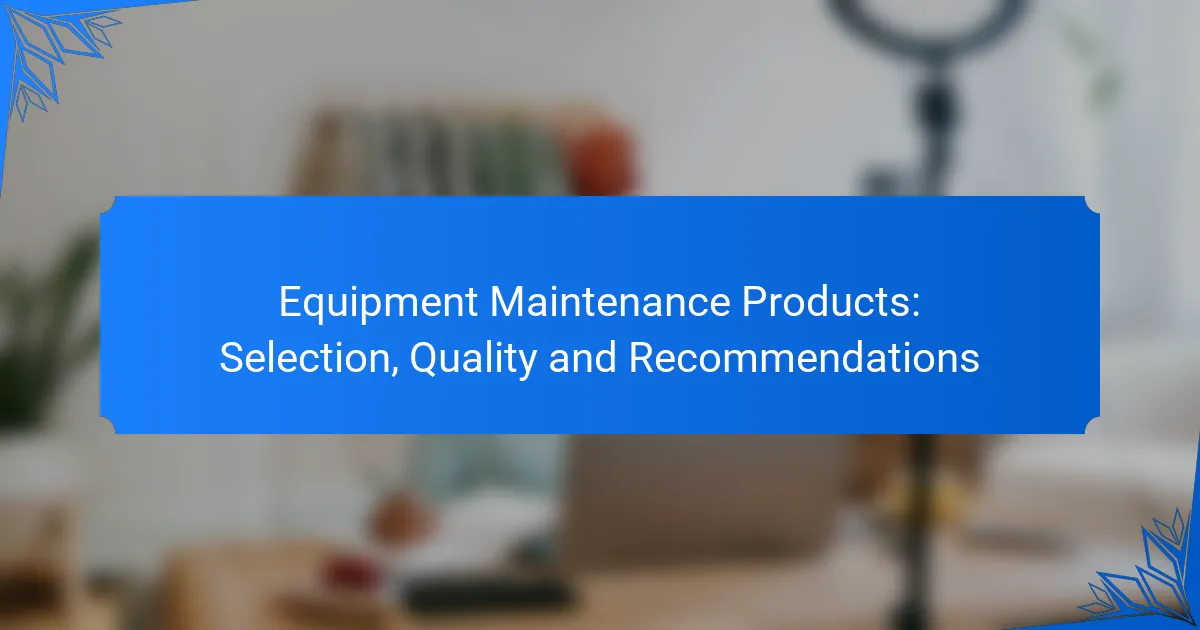Effective ball storage is essential for preserving the integrity and longevity of your sports equipment. By implementing proper techniques and controlling environmental conditions, you can prevent damage and ensure that your balls remain in optimal condition for use. Various storage solutions, such as wall-mounted racks and specialized bags, offer unique benefits tailored to your space and storage needs.

What are the best practices for ball storage?
The best practices for ball storage focus on maintaining the integrity and longevity of the balls. Proper storage techniques can prevent damage and ensure that the balls remain in optimal condition for use.
Use climate-controlled environments
Storing balls in climate-controlled environments helps protect them from extreme temperatures and humidity, which can cause materials to degrade. Aim for a temperature range of 15-25°C (59-77°F) and moderate humidity levels to prevent warping or mold growth.
Consider using a dedicated storage room or closet with temperature regulation, especially for high-value sports balls. Avoid areas like attics or basements where temperature fluctuations are common.
Store balls in protective cases
Protective cases provide a barrier against physical damage and environmental factors. Use cases specifically designed for the type of ball being stored, as they often offer better support and protection.
For example, basketballs and soccer balls can be stored in padded bags, while tennis balls benefit from hard-shell cases. Ensure that the cases are clean and dry before placing the balls inside.
Regularly inspect for damage
Regular inspections help identify any signs of wear or damage before they worsen. Check for punctures, cracks, or deformities that could affect performance.
Establish a routine inspection schedule, perhaps monthly, and document any findings. This proactive approach can save costs on replacements and ensure that all balls are safe for use.
Maintain proper inflation levels
Proper inflation is crucial for performance and longevity. Each type of ball has a recommended pressure range, typically printed on the ball itself or available in the manufacturer’s guidelines.
Use a reliable pressure gauge to check inflation levels regularly. Under-inflated balls can lead to poor performance, while over-inflated balls may burst. Aim to check inflation before each use, especially for sports like basketball and football.
Label storage areas
Labeling storage areas helps keep balls organized and easily accessible. Use clear labels to indicate the type of ball, its condition, and any special handling instructions.
Consider color-coding labels for quick identification, especially if you store multiple types of balls. This practice minimizes confusion and ensures that everyone knows where to find and return the equipment.

How can I prevent ball damage during storage?
To prevent ball damage during storage, it is crucial to control environmental conditions and use appropriate materials. Proper storage techniques can significantly extend the lifespan of your balls, ensuring they remain in optimal condition for use.
Avoid exposure to extreme temperatures
Extreme temperatures can warp or degrade the materials of your balls, leading to reduced performance. Store balls in a climate-controlled environment where temperatures remain within a moderate range, ideally between 15°C to 25°C (59°F to 77°F).
When storing in garages or sheds, be mindful of seasonal temperature fluctuations. Avoid areas that can become excessively hot or cold, as these conditions can cause permanent damage over time.
Keep away from direct sunlight
Direct sunlight can cause the colors of your balls to fade and materials to weaken. Store balls in a shaded area or in a container that protects them from UV rays.
If using a storage box, consider one that is opaque to block light exposure. Regularly check stored balls for any signs of sun damage, especially if they are kept in a less controlled environment.
Use moisture-absorbing materials
Moisture can lead to mold and mildew growth, which can ruin your balls. Incorporate moisture-absorbing materials, such as silica gel packets or activated charcoal, in your storage containers to keep humidity levels low.
Check the moisture-absorbing materials periodically and replace them as needed to ensure they remain effective. This practice is particularly important in humid climates where moisture levels can fluctuate significantly.

What are the common types of ball storage solutions?
Common types of ball storage solutions include wall-mounted racks, storage bins, and specialized ball bags. Each option has unique benefits and considerations based on the available space and the number of balls being stored.
Wall-mounted racks
Wall-mounted racks are an efficient way to store balls while saving floor space. They typically feature hooks or shelves that can hold multiple balls securely, making them ideal for garages or sports facilities.
When selecting a wall-mounted rack, consider the weight capacity and the type of balls you will store. Ensure the rack is installed at a height that allows easy access for users of all ages.
Storage bins and containers
Storage bins and containers provide a versatile solution for ball storage, especially for larger collections. These can be made from plastic or fabric and often come with lids to protect the balls from dust and moisture.
Choose bins that are stackable to maximize space efficiency. It’s helpful to label each bin according to the type of balls stored, such as soccer, basketball, or tennis, to streamline organization.
Ball bags with compartments
Ball bags with compartments are designed for easy transport and organization of balls. These bags often feature padded sections to protect the balls and can be carried by hand or over the shoulder.
When selecting a ball bag, look for durable materials and sufficient compartments to prevent balls from clashing during transport. Consider the size of the bag based on how many balls you typically need to carry for practices or games.

What factors should I consider when selecting a ball storage solution?
When selecting a ball storage solution, consider the available space, the type of balls being stored, and how accessible and organized the storage will be. These factors will help ensure that your balls remain in good condition and are easy to retrieve when needed.
Available space
Assessing available space is crucial for effective ball storage. Measure the area where you plan to store the balls to determine the size and type of storage solution that will fit. Options range from wall-mounted racks to freestanding shelves, depending on your space constraints.
Consider vertical storage solutions if floor space is limited. Utilizing height can maximize storage capacity while keeping the area organized and accessible.
Type of balls being stored
The type of balls you are storing significantly influences your storage choice. Different balls, such as soccer, basketball, or tennis balls, have varying sizes and materials, which may require specific storage conditions to prevent damage.
For example, storing sports balls in a climate-controlled environment can help maintain their integrity, especially for those made of leather or rubber. Ensure the storage solution accommodates the specific dimensions and weight of the balls.
Accessibility and organization
Accessibility and organization are key for efficient ball storage. Choose a solution that allows for easy retrieval of balls, especially if they are used frequently. Open shelving or bins can facilitate quick access while keeping the area tidy.
Implementing a labeling system can enhance organization. Clearly marking storage areas for different types of balls can save time and reduce the likelihood of misplacing them. Regularly check and reorganize as needed to maintain an efficient storage system.

How can I manage ball inventory effectively?
Managing ball inventory effectively involves implementing systematic tracking and conducting regular audits. This ensures that you maintain optimal stock levels, minimize losses, and enhance overall operational efficiency.
Implement a tracking system
A robust tracking system is essential for effective ball inventory management. Use software solutions or spreadsheets to log each ball’s details, including type, quantity, and location. This allows for real-time updates and easy access to information.
Consider using barcode or RFID technology to streamline the tracking process. These tools can help automate data entry and reduce human error, making it easier to monitor stock levels accurately.
Conduct regular audits
Regular audits are crucial for verifying the accuracy of your ball inventory records. Schedule audits at least quarterly to assess stock levels and identify discrepancies between physical counts and recorded data.
During audits, check for damaged or obsolete balls that may need to be removed from inventory. This practice not only helps maintain accurate records but also supports better decision-making regarding future purchases and stock management.



